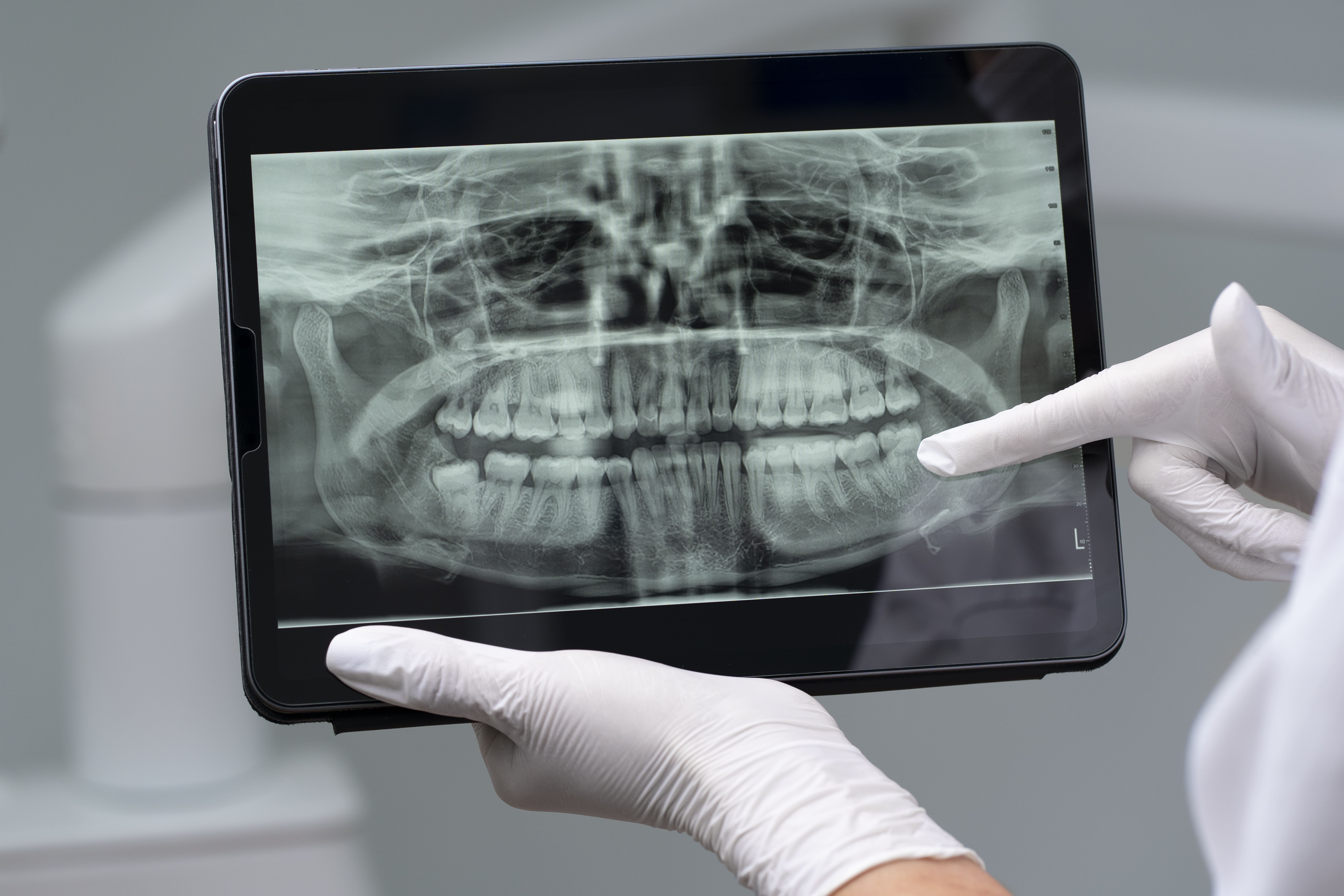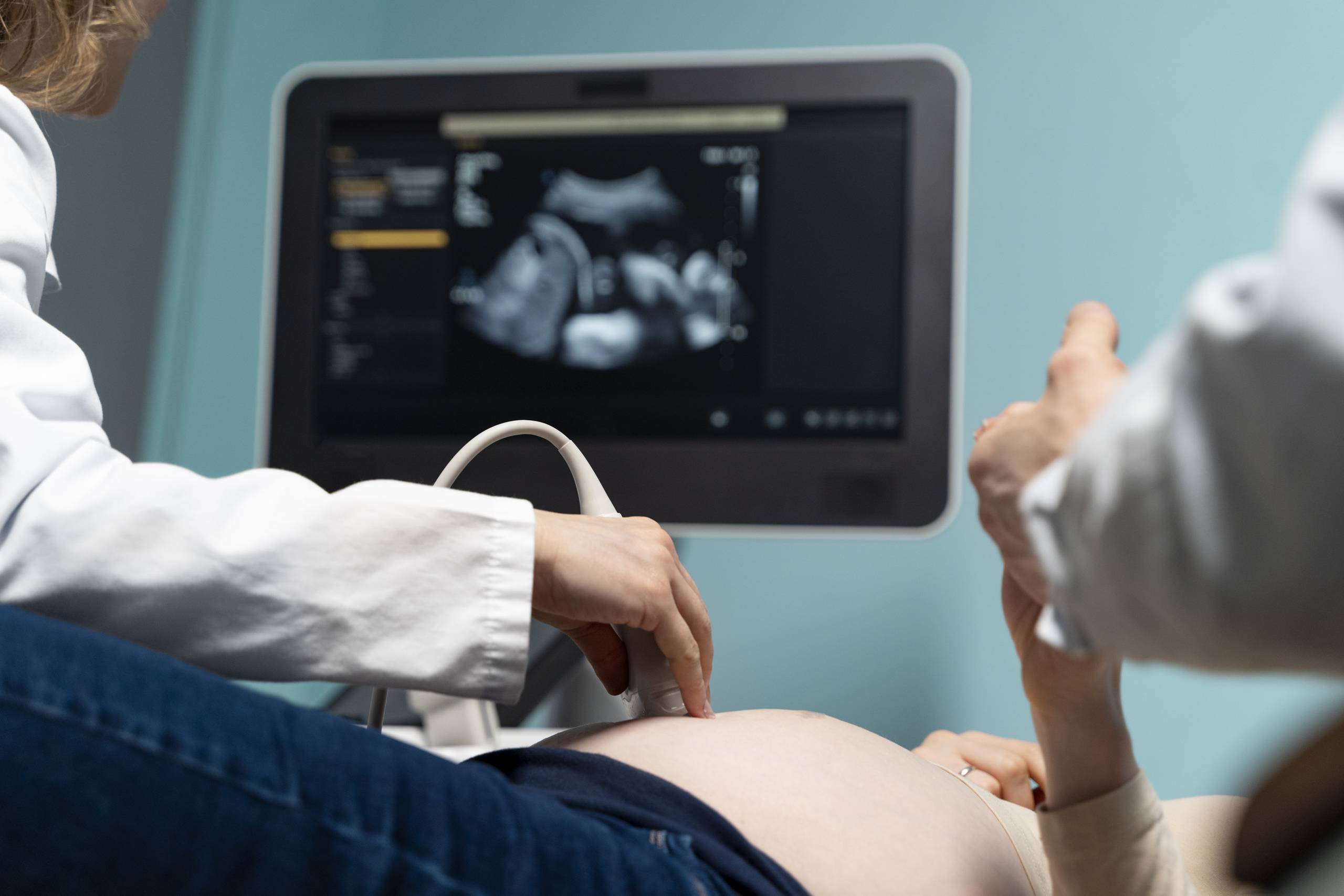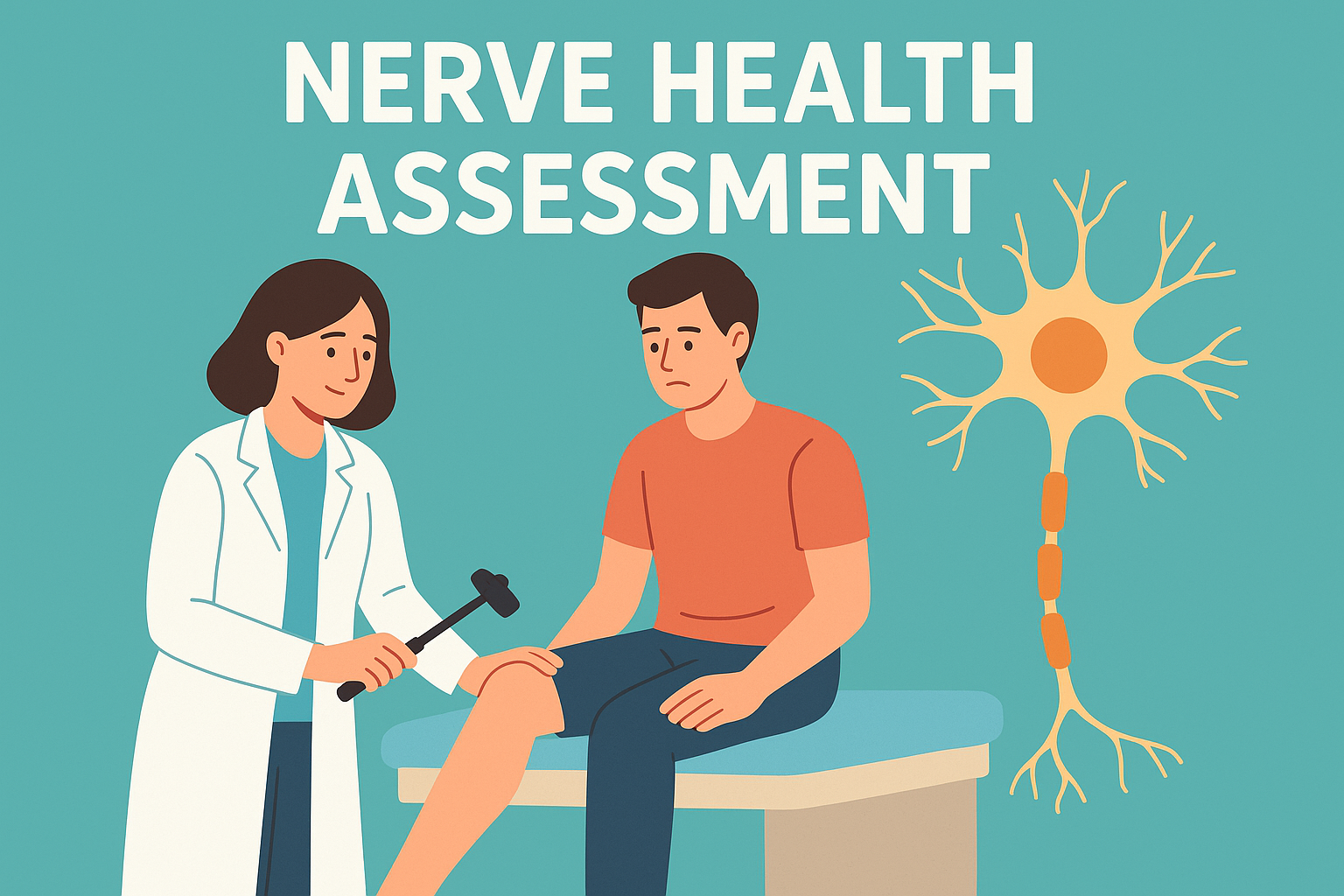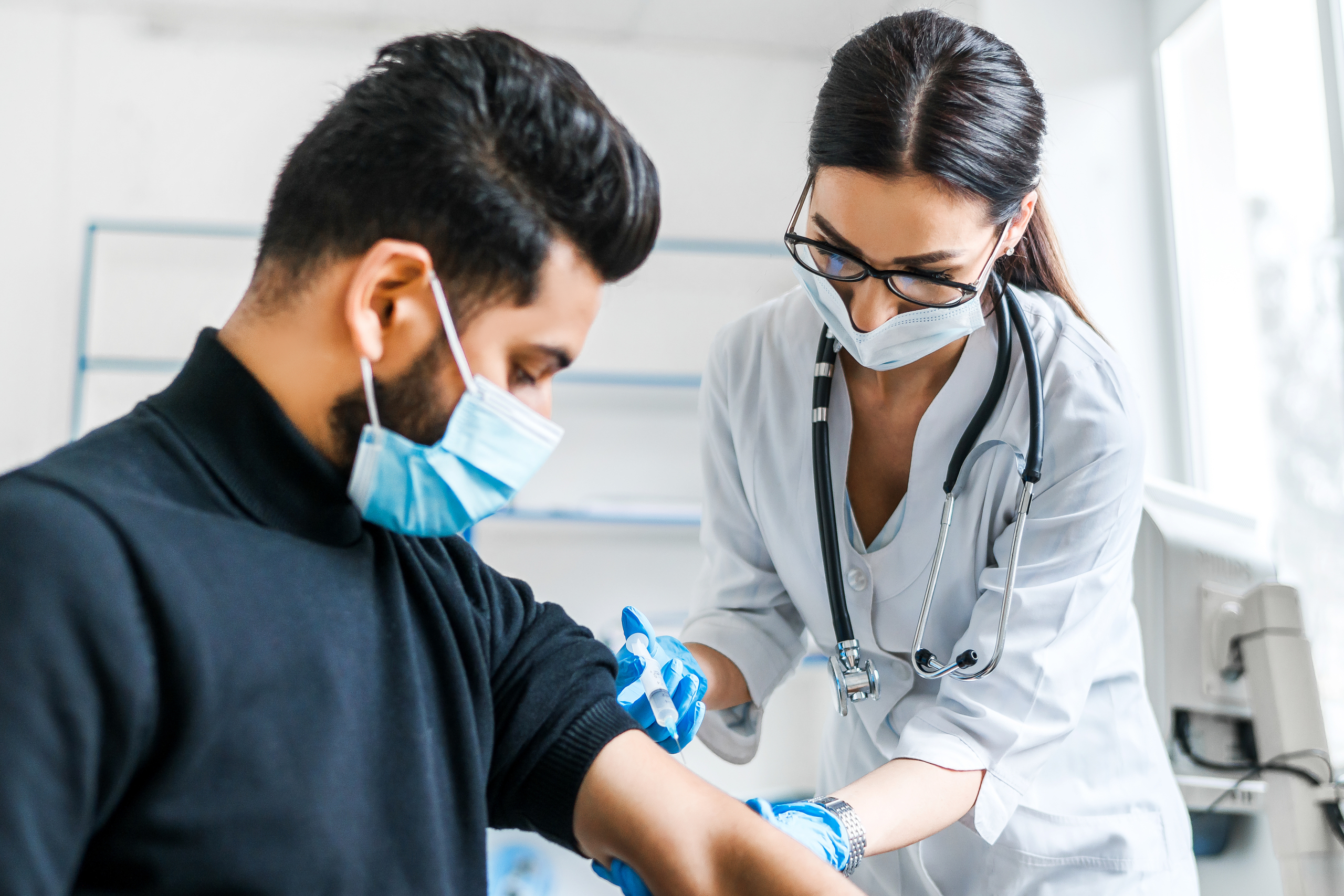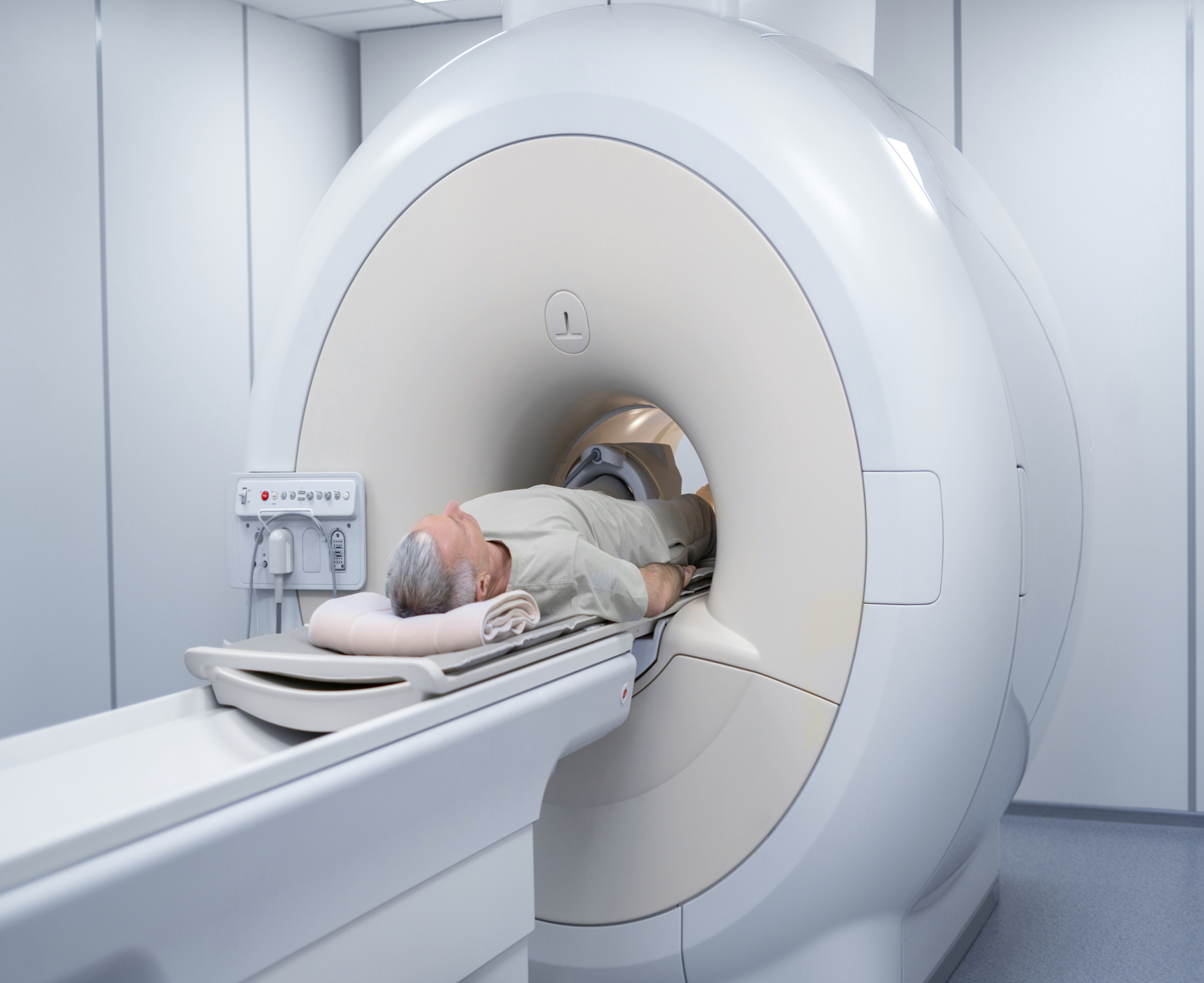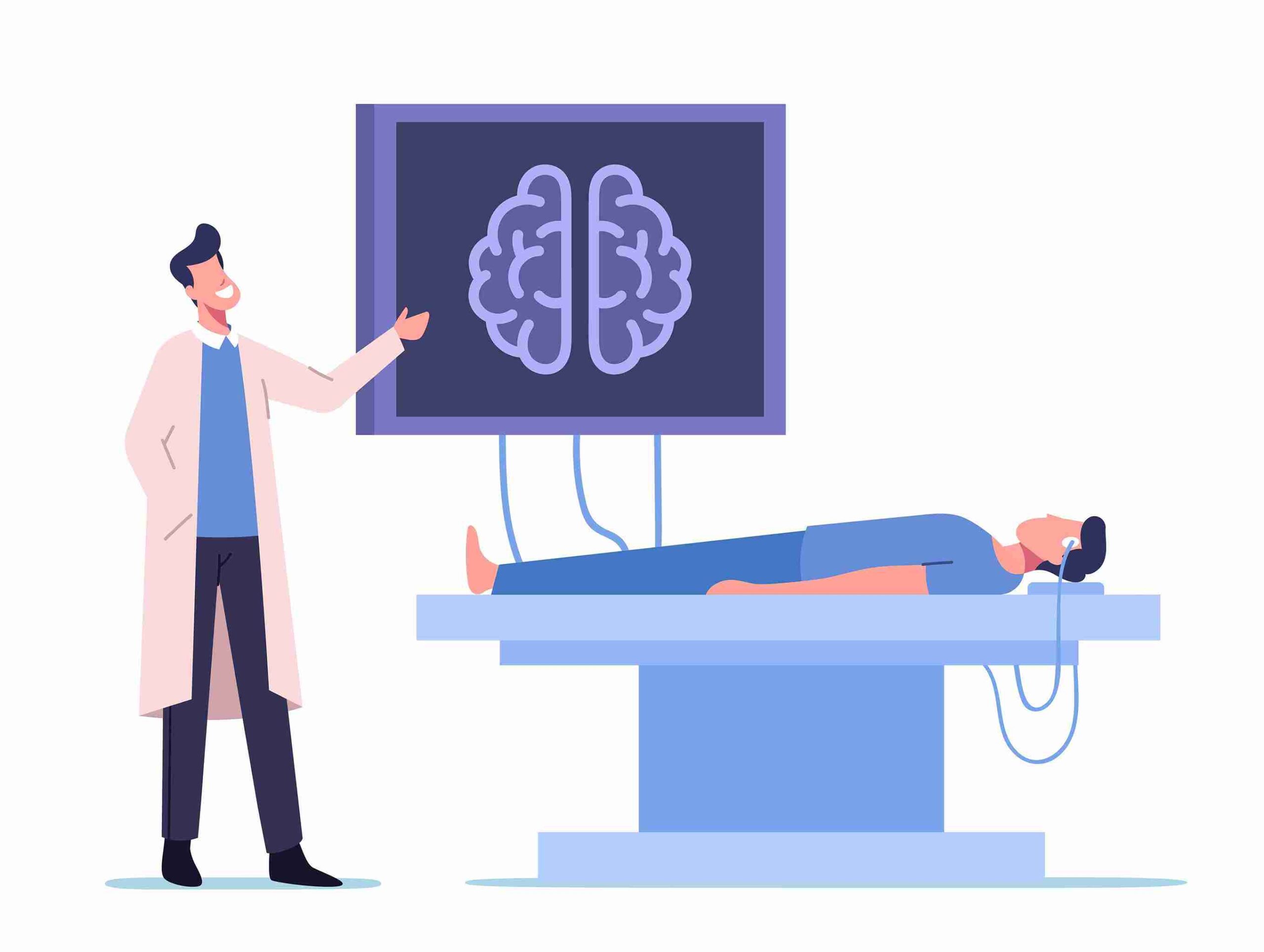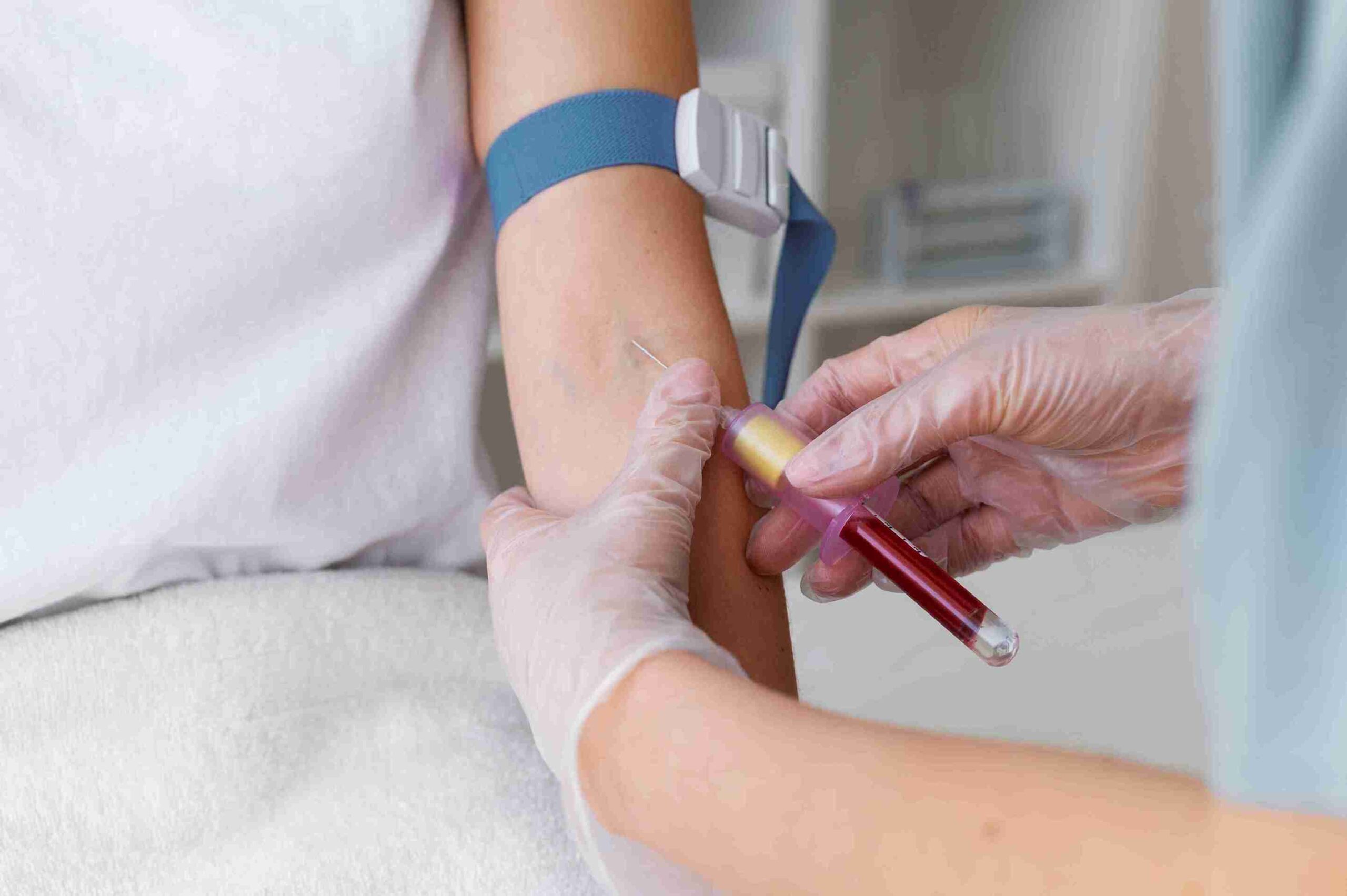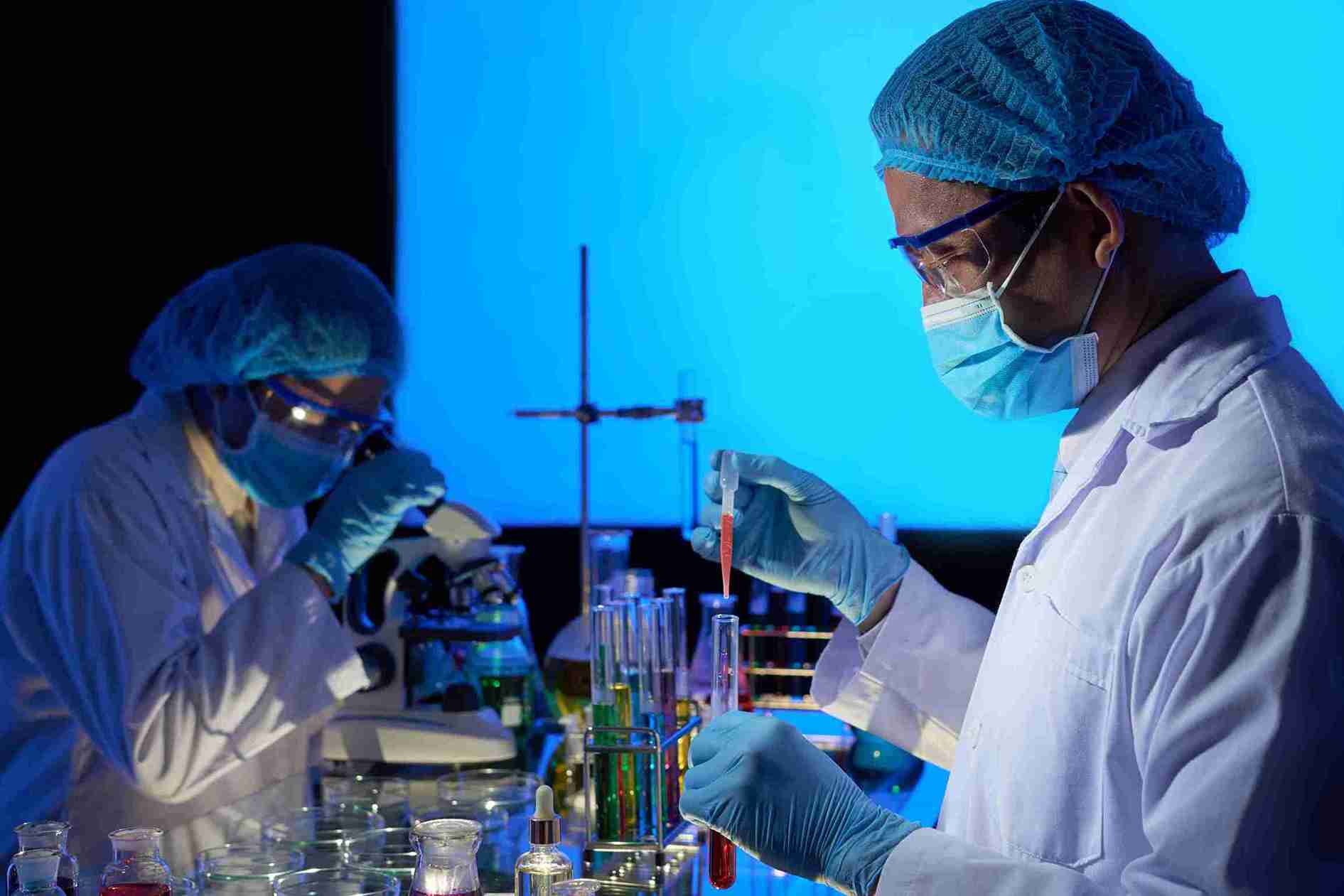If your dentist in Bengaluru has recommended a panoramic X‑Ray, also known as an X‑Ray OPG Scan in Bengaluru, it’s natural to wonder: Is it safe? What are the radiation risks? And what benefits can it offer? In this guide, we’ll dive into everything you need to know—backed by trusted data and reputable sources—to make an informed decision without feeling overwhelmed.
What Is an X‑Ray OPG Scan?
An Orthopantomogram (OPG) is a panoramic dental X‑ray that captures a single wide image of your jaw, teeth, and surrounding structures. It’s commonly performed in Bangalore dental clinics to:
- Detect wisdom teeth positioning
- Plan dental implants, braces, or surgeries
- Identify jaw joint (TMJ) issues
- Uncover cysts, infections, or tumors in the jaw area
It’s non-invasive, quick (takes just 12–20 seconds), and widely used in routine dental evaluations.
How Much Radiation Does an OPG Scan Use?
Radiation dose is crucial—but it helps to compare it against familiar sources:
- A typical OPG scan delivers around 0.01 mSv—similar to about two days of natural background radiation.
- For perspective, a chest X‑ray emits 0.1 mSv, and a head CT scan may emit 1–2 mSv.
- Therefore, when you get an X‑Ray OPG Scan in Bengaluru, you’re exposing yourself to a minimal amount of radiation—lower than a transcontinental flight and negligible compared to medical imaging.
Safety Measures in Dental Radiography
Even low-dose scans use ionizing radiation, so safety protocols apply:
- Dental X‑ray machines today have narrow beams and automatic exposure control, minimizing radiation transfer.
- The dental community follows the ALARA principle—“As Low As Reasonably Achievable”—to reduce cumulative exposure.
- Traditional lead aprons or thyroid collars are less necessary now with digital OPG, but may still be used for comfort.
- Regulatory bodies like the ADA, WHO, FDA, and IAEA all support OPG scans for justified clinical use.
Risks of X‑Ray OPG Scans
Since the dose is so low, serious risks are rare—but it’s still worth knowing:
- Stochastic effects: Low-level radiation like 0.01 mSv carry extremely small cancer risk—statistically negligible.
- Deterministic effects (burns or tissue damage) only occur at much higher exposures than any OPG scan would deliver.
- The ADA and dental associations confirm that dental X‑rays make a minor contribution to overall radiation exposure.
In short, the radiation risk from an X‑Ray OPG Scan in Bengaluru is exceedingly low—but using it only when necessary is still best practice.
Benefits: Why Dentists Recommend OPG Scans
Despite minimal radiation exposure, the details OPG scans provide are invaluable:
- A full panoramic view of teeth and jaw for precise diagnosis
- Accurate placement planning for implants or orthodontic work
- Early detection of cysts, tumors, or pathological conditions
- Increased diagnostic reliability and efficiency
These benefits directly outweigh the tiny radiation risk—especially when interventions depend on proper imaging.
Is It Safe for Children and Pregnant Women?
Children
Pediatric OPG scans are generally safe when taken judiciously. Dentists often use smaller doses or added protection like thyroid collars to minimize risk.
Pregnancy
The first trimester is most sensitive to radiation. While OPG radiation dose is low, it’s best avoided unless absolutely needed. Clinics in Bengaluru typically delay scans until after pregnancy or use extra shielding.
What to Expect During an OPG Scan
If you’re scheduled for an X‑Ray OPG Scan in Bengaluru, here’s what happens:
- Preparation: Remove glasses, jewelry, necklaces.
- Positioning: Stand or sit still; machine rotates around your head in ~12–20 seconds.
- Exposure: You won’t feel anything; the beam targets only your jaw.
- Post-scan: Review with your dentist; discuss findings and next steps.
Addressing Common FAQs
Can OPG scans be done repeatedly?
Yes, but only if clinically justified. Even cumulative doses remain low, but dentists follow ALARA and limit scans to necessary cases.
Does it hurt?
Absolutely not. OPG is painless and quick.
Do I need protection?
Basic shielding may be used, but digital OPG systems are designed with enough safety that lead aprons are optional.
Will insurance cover it?
Many dental plans and diagnostic centers in Bengaluru include OPG scans under routine procedures. Check your provider’s coverage.
Real Numbers: Radiation Dose Comparison
| Procedure | Dose (mSv) | Equivalent Exposure |
| Natural background (daily) | ~0.00003 | 1 day background |
| OPG scan | ~0.01 | ~2 days background |
| Chest X‑ray | ~0.1 | ~12 days background |
| Head CT | ~1–2 | ~1 year background |
| Whole-body CT | ~10 | ~4 years background |
This comparison shows why X‑Ray OPG Scan in Bengaluru is considered very low risk.
Choosing a Safe Center in Bengaluru
Looking for a trusted place? Here’s what to consider:
- Use clinics with digital OPG equipment and automatic exposure settings
- Ensure compliance with radiation safety regulations (e.g., Aadhaar guidelines)
- Ask about protective measures for children or pregnant women
- Confirm technician training and routine equipment calibration
- Seek clinics with ADA/IADR certifications or affiliation to local dental associations
Final Verdict: Safe, Smart, and Necessary
An X‑Ray OPG Scan in Bengaluru is safe, effective, and clinically valuable. With low radiation exposure, strict safety protocols, and clear diagnostic advantages, it’s a tool dentists rely on to deliver better, quicker care. Just remember:
- Get the scan only when your dentist deems it necessary
- Ask questions about safety, especially if you’re pregnant or have kids
- Choose a clinic with modern digital systems and professional oversight
Put simply: yes, X‑Ray OPG Scan in Bengaluru is safe—when used wisely, with clear medical purpose.

